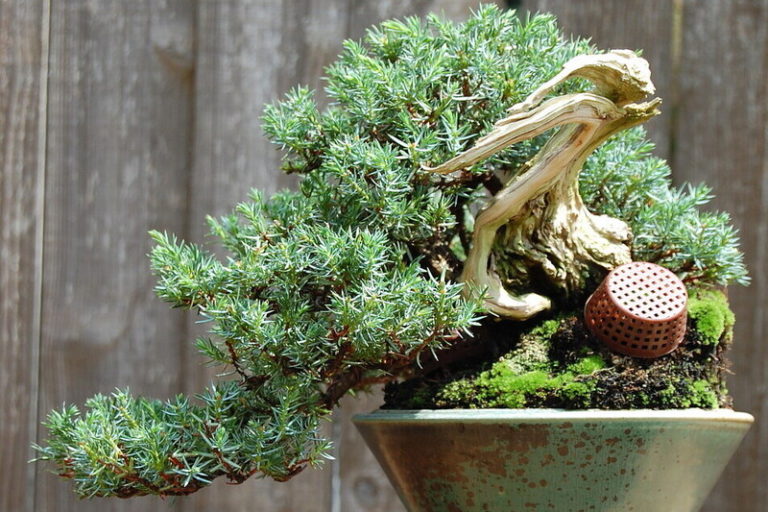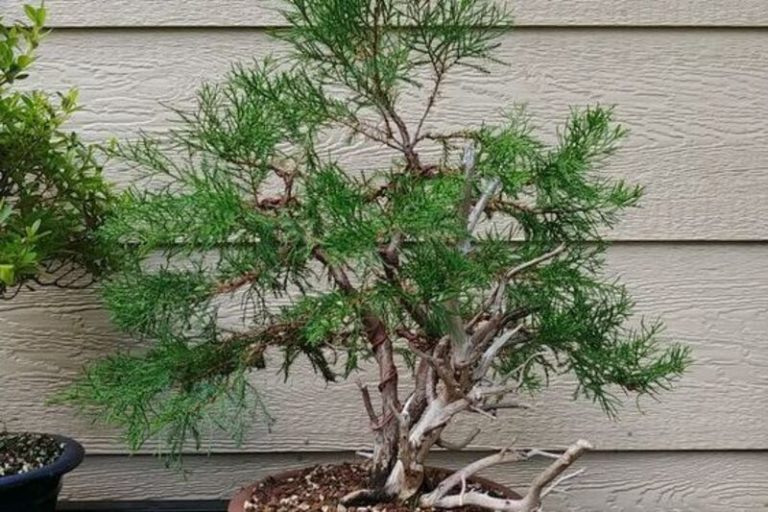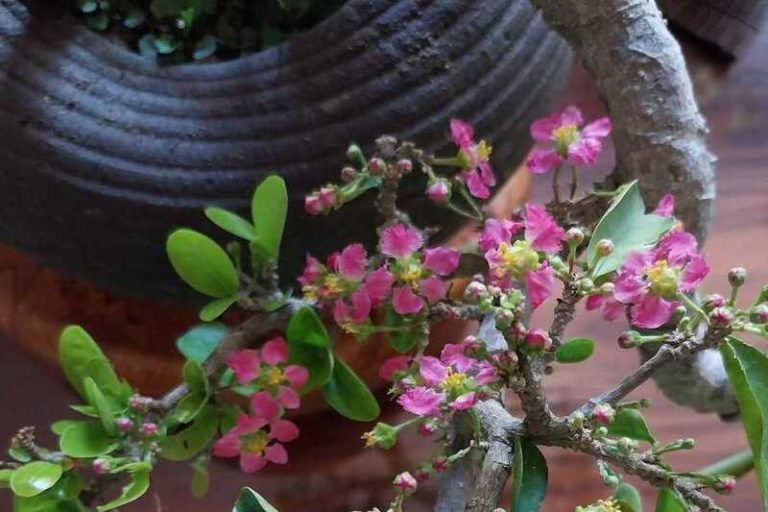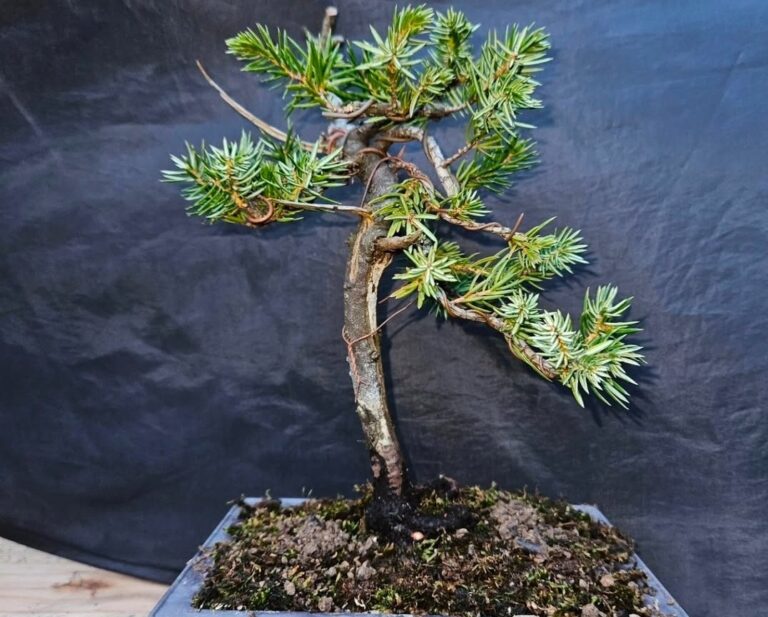Bonsai Grass Seed: A Low-Maintenance Option for a Lush Lawn
Growing bonsai trees requires careful attention to every detail, even the type of grass around them. They are like tiny works of nature art. The information in the following article will help you choose the right bonsai grass seeds and take good care of them so that your small work looks its best.
What is Bonsai Grass Seed?
Bonsai grass seed is a term for certain kinds of grass seeds that are used to grow grass in bonsai gardens. The characteristics of these seeds are chosen to go well with the look of the bonsai tree and improve the general look of the miniature landscape. In a bonsai setting, the goal is to make an arrangement that is balanced and works well together.
Understanding Bonsai Grass Seed
Choosing the right grass seed for your bonsai is like picking the right frame for a painting. Bonsai grass seed is the name for the types of grass seeds that can be used to grow grass in bonsai gardens. As with any miniature scene, the key is to find types of grass that look good with the bonsai tree and make the whole thing look better.
Considerations for Bonsai Grass Seed
Climate Compatibility: Choose grass seeds that thrive in your local climate to ensure they can withstand the conditions of your bonsai environment.
Growth Rate: Opt for grass varieties with a growth rate that suits the size of your bonsai pot and the desired visual effect. Some bonsai styles benefit from slower-growing grass, while others may require a more vigorous option.
Maintenance Requirements: Different grass varieties have varying maintenance needs. Select a grass seed that aligns with the amount of care you can provide to keep your bonsai grass healthy and vibrant.
To understand bonsai grass seed, you need to think about these things in order to make a small, aesthetically pleasing scenery around your bonsai tree.
Popular Bonsai Grass Seed Varieties
When it comes to popular bonsai grass seed varieties, two standout options are Dwarf Mondo Grass and Zoysia Grass.
Dwarf Mondo Grass:
- Tiny and low-maintenance
- Ideal for small bonsai pots
- Tips for successful growth
Zoysia Grass:
- Resilient and adaptable
- Well-suited for different bonsai styles
- Simple care practices
These well-known types of bonsai grass seed give people a choice of plants that fit their tastes, styles, and level of care. Whether you like the small, pretty Dwarf Mondo Grass or the many uses of Zoysia Grass, picking the right type will make your bonsai work look better overall.
How to Plant Bonsai Grass Seed
Planting bonsai grass seed is a simple yet crucial step in creating a captivating miniature landscape. Here’s a straightforward guide on how to plant bonsai grass seed:
1. Soil Preparation:
- Use well-draining bonsai soil or a mix of standard potting soil and perlite.
- Fill the bonsai pot or container, leaving about an inch from the rim.
2. Seeding Techniques:
- Sprinkle the bonsai grass seeds evenly over the soil surface. Ensure a uniform distribution for balanced growth.
- Lightly press the seeds into the soil using a flat board or your hands, ensuring good seed-to-soil contact.
3. Watering:
- Water the seeded soil gently using a fine mist or a watering can with a rose attachment. Avoid creating puddles or displacing the seeds.
4. Covering the Seeds:
- Optionally, cover the seeded area with a thin layer of fine soil or vermiculite. This helps maintain moisture and provides a conducive environment for seed germination.
5. Germination Conditions:
- Place the bonsai pot in a warm and well-lit area, but avoid direct sunlight initially. Keep the soil consistently moist but not waterlogged.
6. Patience and Observation:
- Bonsai grass seeds may take some time to germinate. Be patient and observe the progress regularly. Once seedlings appear, gradually introduce them to more sunlight.
7. Transplanting Seedlings:
- When the seedlings have developed a few true leaves and are sturdy enough, you can transplant them into the final bonsai pot, ensuring proper spacing.
8. Regular Care:
- Continue to water the bonsai grass regularly, keeping the soil consistently moist. Fertilize according to the specific needs of the grass variety you’ve chosen.
By following these steps, you’ll set the stage for healthy bonsai grass growth, creating a lush and visually appealing setting for your miniature tree.
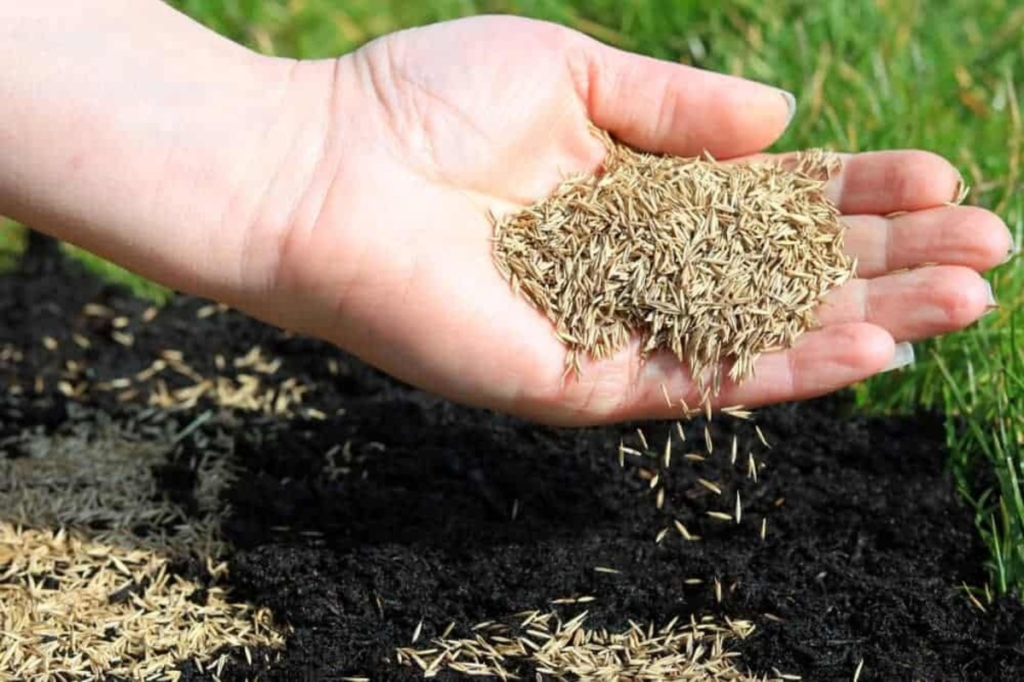
How to Care for and Maintain Bonsai Grass
Bonsai grass needs to be cared for and kept in good shape so that it can be a beautiful background for your tiny tree. To keep your bonsai grass in great shape, follow these easy steps:
- Regular Pruning and Trimming: Regularly cutting the grass will help it stay at the right height and shape. This not only keeps the bonsai scene neat, but it also keeps the grass from blocking the tree’s view.
- Pest Control Measures: Watch out for bugs or other small animals that might damage the bonsai grass. To protect both the grass and the tree, use natural ways to get rid of pests or carefully chosen chemicals.
- Seasonal Care Tips: Change how you care for your plants based on the season. Give a little more water and fertilizer during the growing season. During the winter, you should water the shrub less and keep it out of bad weather.
- Tips for Watering: When the top layer of dirt feels a little dry, water the bonsai grass. Root rot can happen if you water too much. Change how often you mow depending on the weather and the needs of your grass variety.
- Adding fertilizer: Feed the bonsai grass on the plan suggested for the type of grass you’ve chosen. To encourage healthy growth, use a balanced fertilizer that dissolves in water.
- Aeration: Every so often, loosen the top layer of dirt around the bonsai grass to let air into the soil. This helps oxygen move through the dirt and keeps it from getting compacted.
- Exposure to sunlight: Make sure the bonsai grass gets enough sunshine. Most types of grass do best in full sun, but some may be able to handle some shade. Change where you put your bonsai so that it gets enough sunlight.
- Seasonal Changes: As the seasons change, you should change how your bonsai grass looks. You could, for instance, let the grass get a little bigger in the spring and summer and keep it shorter in the fall and winter.
By doing these things regularly, you’ll be able to keep your bonsai grass setting healthy and attractive, which will add to the beauty of your tiny tree.
Troubleshooting Common Issues of Bonsai Grass
Even with proper care, bonsai grass may encounter common issues. Here’s a troubleshooting guide to address and overcome these challenges:
Yellowing or Browning:
- Possible Causes: Overwatering, underwatering, nutrient deficiency, or poor soil drainage.
- Solution: Adjust watering habits, ensure proper drainage, and fertilize according to the grass’s needs.
Overgrowth:
- Possible Causes: Fertile soil, abundant sunlight, or a fast-growing grass variety.
- Solution: Increase pruning frequency and consider choosing a slower-growing grass variety. Trim the grass to maintain the desired height.
Pest and Disease Management:
- Possible Causes: Insects, fungi, or other pathogens affecting the bonsai grass.
- Solution: Identify the specific pest or disease and apply appropriate control measures. Use natural remedies or carefully chosen pesticides to minimize harm to the environment.
Soil Compaction:
- Possible Causes: Lack of aeration or heavy foot traffic on the soil.
- Solution: Gently loosen the top layer of soil to improve aeration. Avoid compacting the soil and place stepping stones to divert foot traffic away from the bonsai area.
Improper Sunlight Exposure:
- Possible Causes: Inadequate or excessive sunlight for the grass variety
- Solution: Adjust the bonsai’s placement to ensure it receives the appropriate amount of sunlight. Some grasses thrive in full sun, while others prefer partial shade.
Nutrient Imbalance:
- Possible Causes: Incorrect fertilizer ratio or infrequent fertilization.
- Solution: Use a balanced, water-soluble fertilizer and follow the recommended schedule for your grass variety. Adjust the fertilizer amounts based on the specific needs of the bonsai grass.
If you take care of these common problems right away and change how you care for your bonsai grass as needed, you’ll keep it healthy and attractive, which will make your tiny tree look even better.
Conclusion:
When it comes to bonsai, every detail counts. When you know how to cultivate a bonsai tree and choose the correct grass seed, you’re not just creating a little natural masterpiece; you’re also cultivating an enthralling scene. It’s time for the show to start.
FAQ
Q: What is bonsai grass seed?
A: Bonsai grass seed is a term for certain kinds of grass seeds that are used to grow grass in bonsai gardens. The characteristics of these seeds are chosen to go well with the look of the bonsai tree and improve the general look of the miniature landscape.
Q: How do I choose the right bonsai grass seed?
A: Consider factors such as climate compatibility, growth rate, and maintenance requirements. Choose a grass variety that suits your local climate, grows at a manageable pace, and aligns with your care capabilities.
Q: What are popular bonsai grass seed varieties?
A: Two popular varieties are Dwarf Mondo Grass, known for its low maintenance and compact size, and Zoysia Grass, valued for its resilience and adaptability to various bonsai styles.
Q: How do I plant bonsai grass seed?
A: Planting involves preparing well-draining soil, sprinkling seeds evenly, lightly pressing them into the soil, watering gently, and providing suitable germination conditions. Once seedlings appear, transplant them into the final bonsai pot.
Q: How do I care for bonsai grass?
A: Regular pruning, pest control, seasonal adjustments, proper watering, fertilization, and attention to sunlight exposure are key aspects of caring for bonsai grass. Tailor your care routine based on the specific needs of your chosen grass variety.
Q: What are common issues with bonsai grass, and how can I troubleshoot them?
A: Common issues include yellowing or browning, overgrowth, pests, diseases, soil compaction, and improper sunlight exposure. Troubleshoot by adjusting watering, pruning, addressing pests or diseases, improving aeration, and ensuring proper sunlight.
Q: Where can I get bonsai grass seed?
A: Reputable online and local suppliers offer a variety of bonsai grass seeds. Ensure you purchase from reliable sources known for quality seeds to set the stage for a successful bonsai composition.
Also Read:


